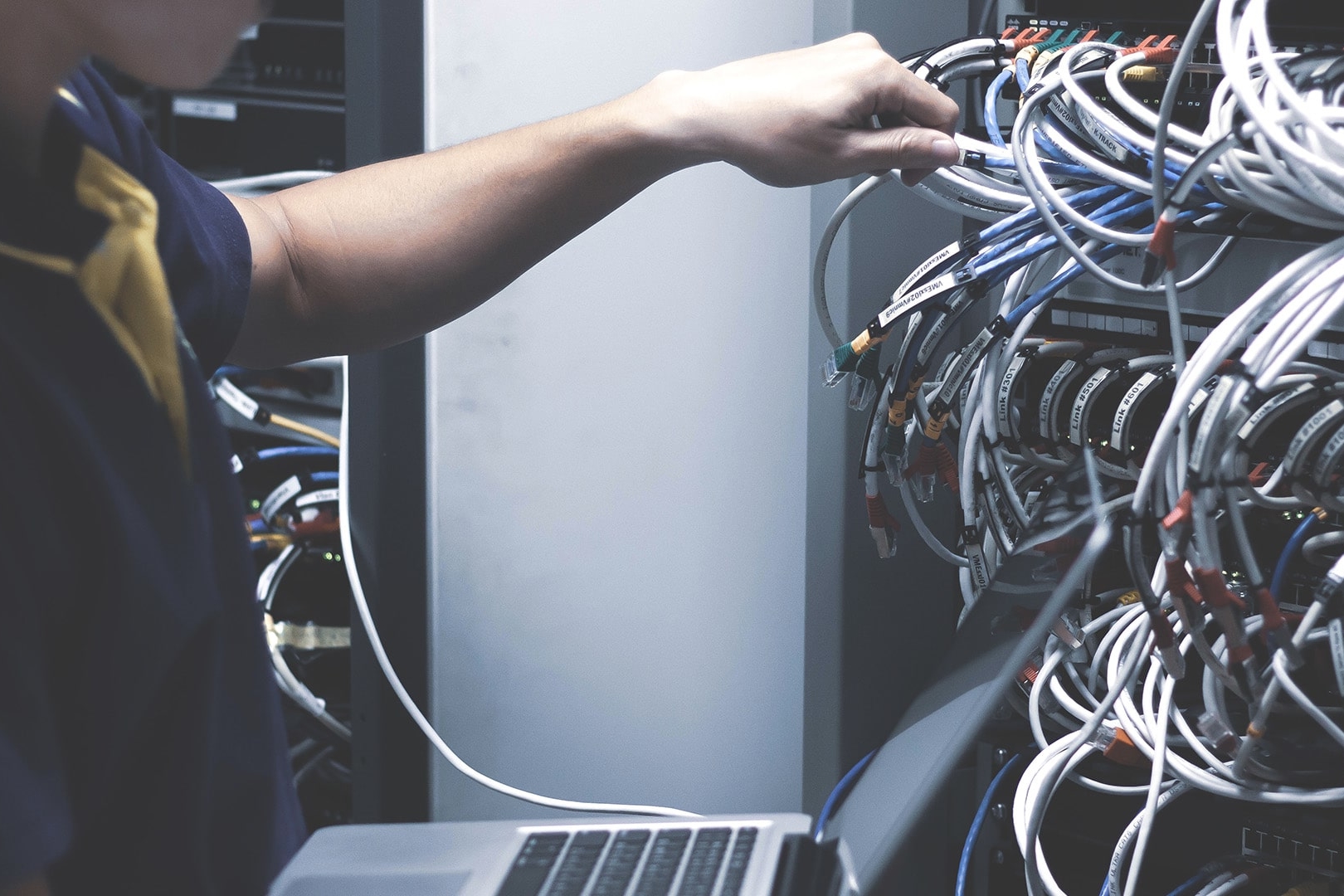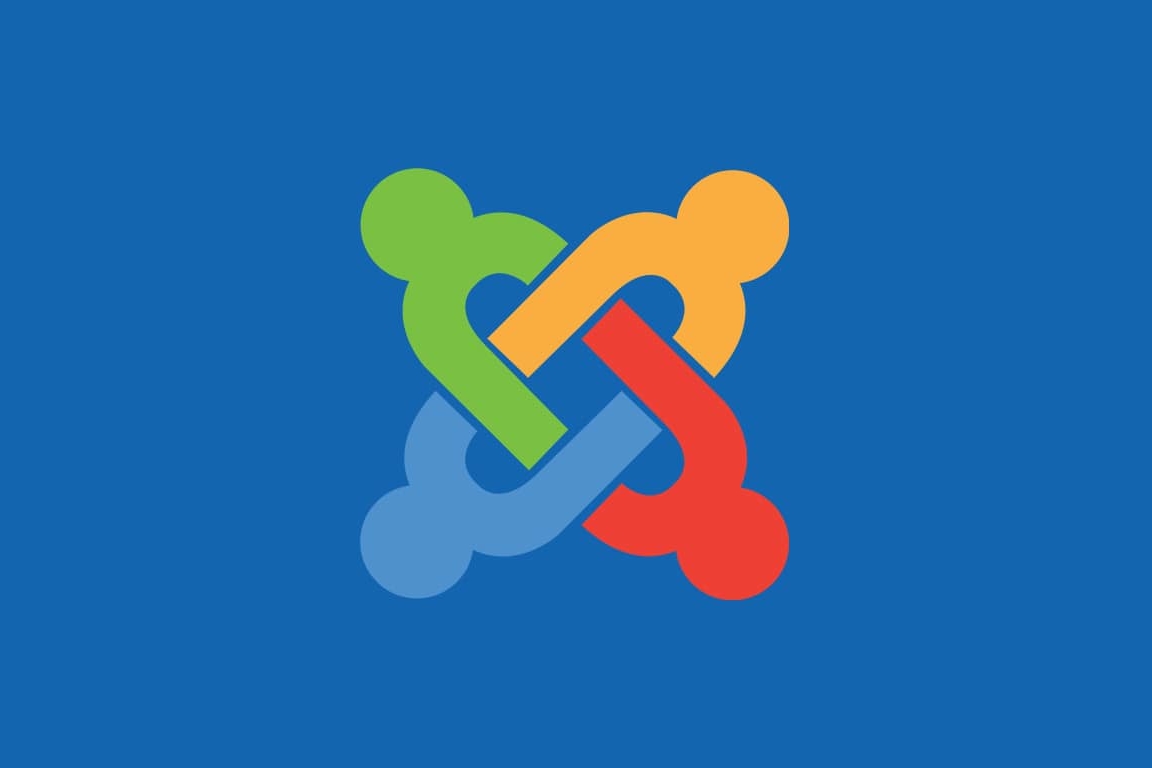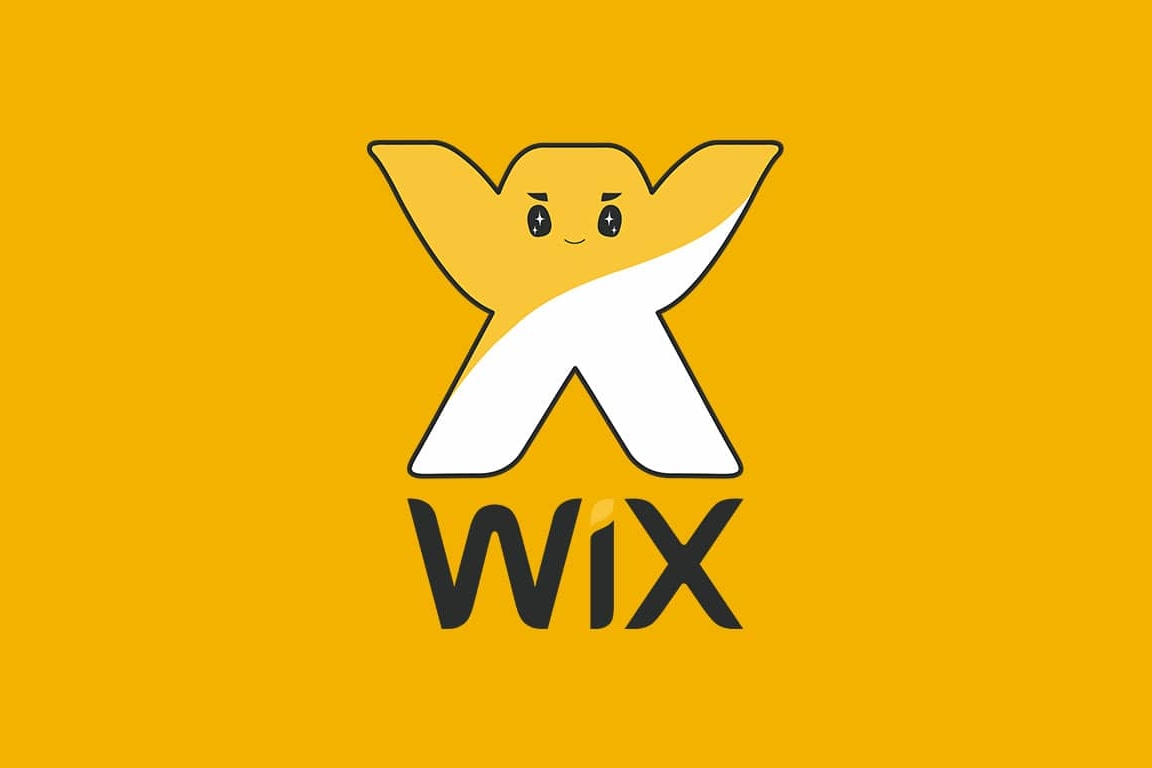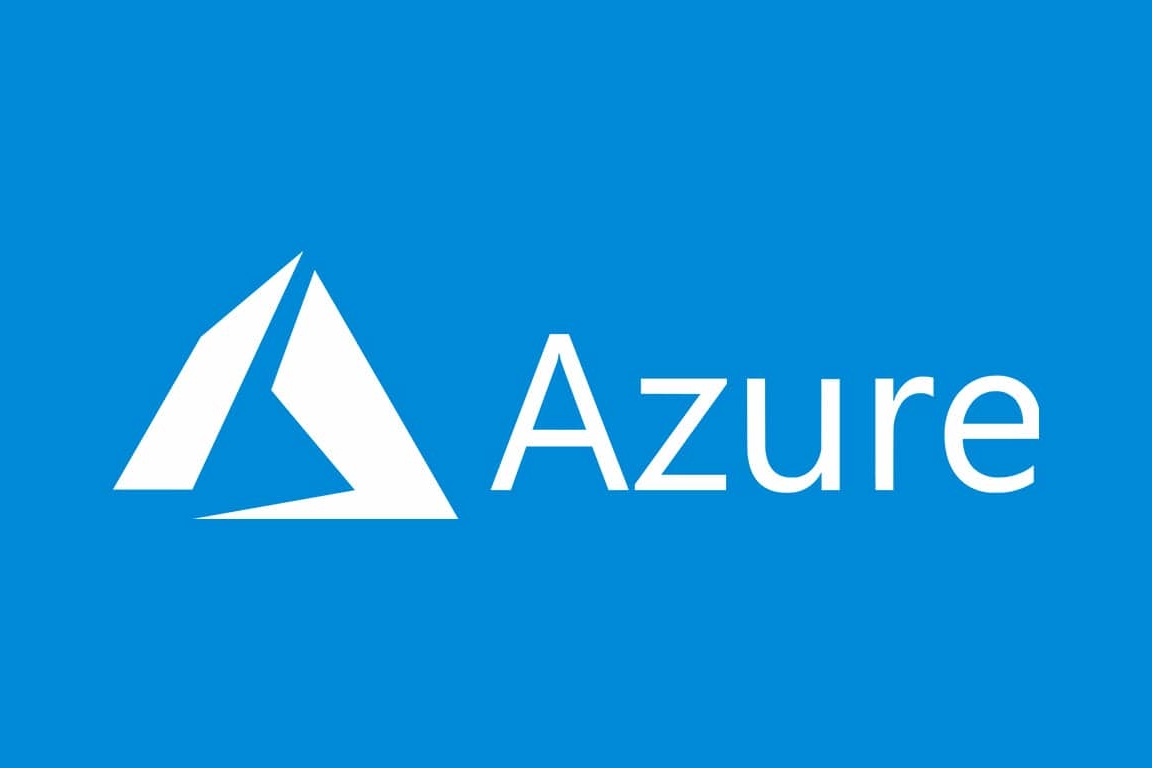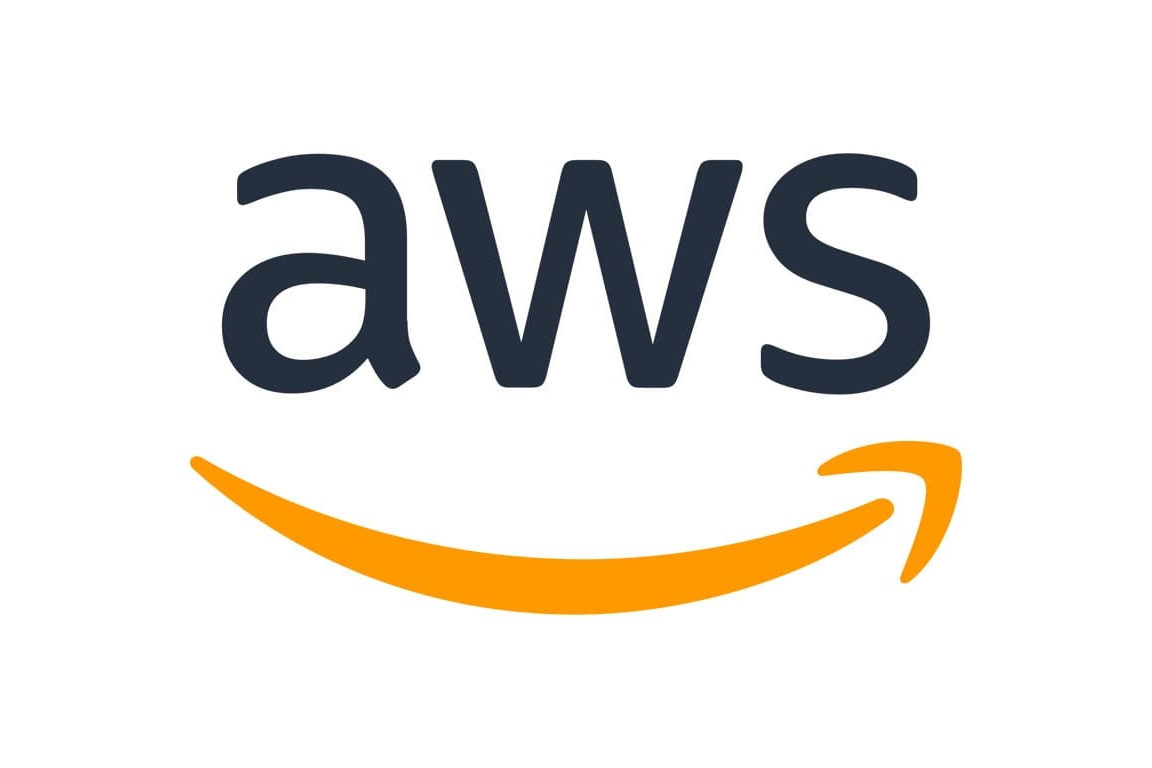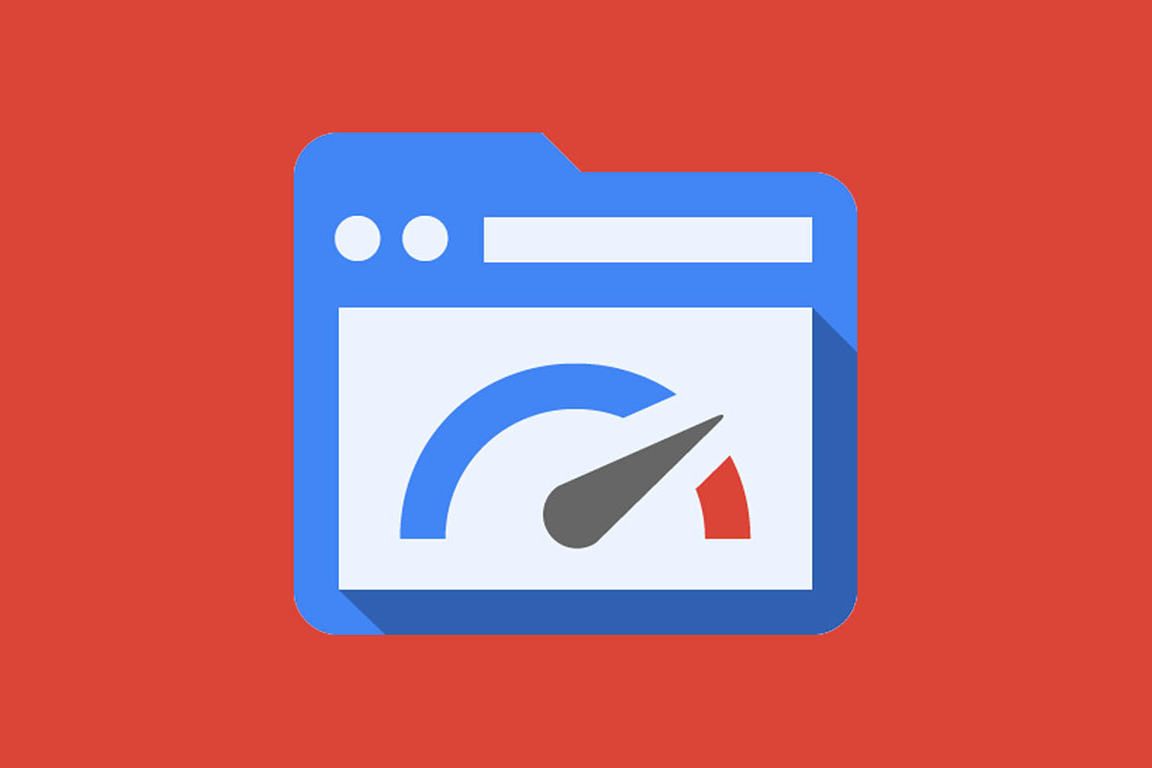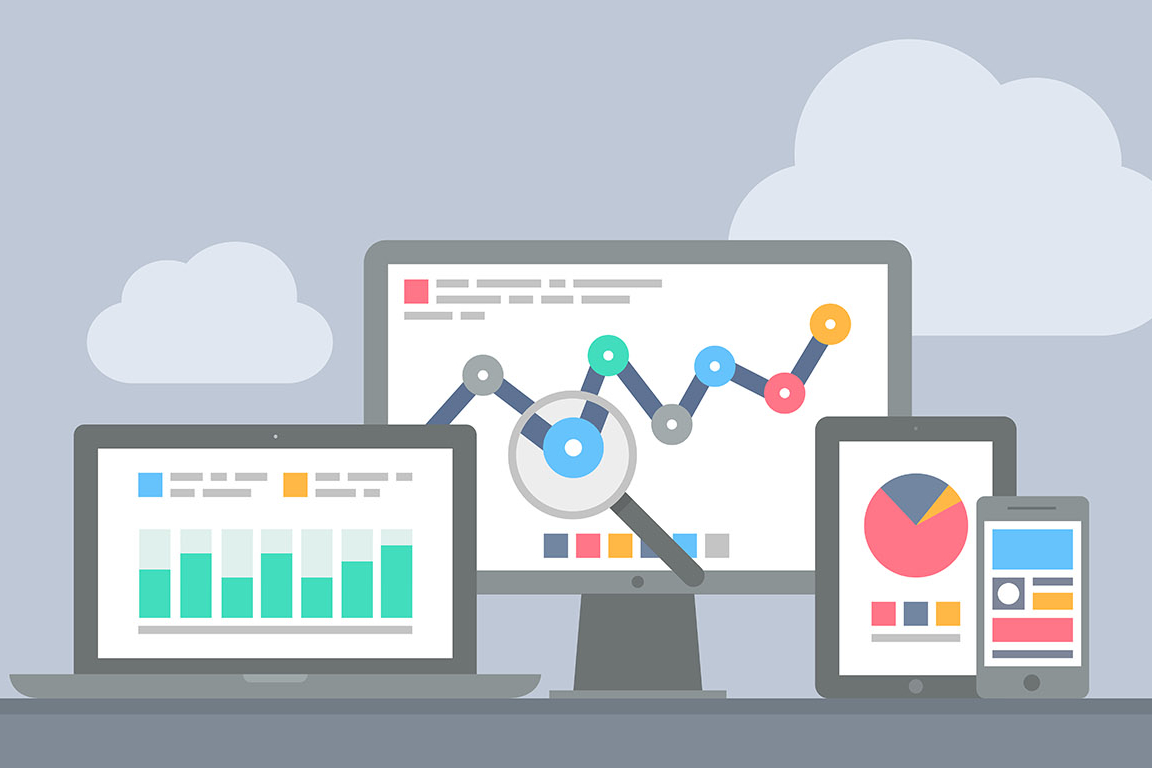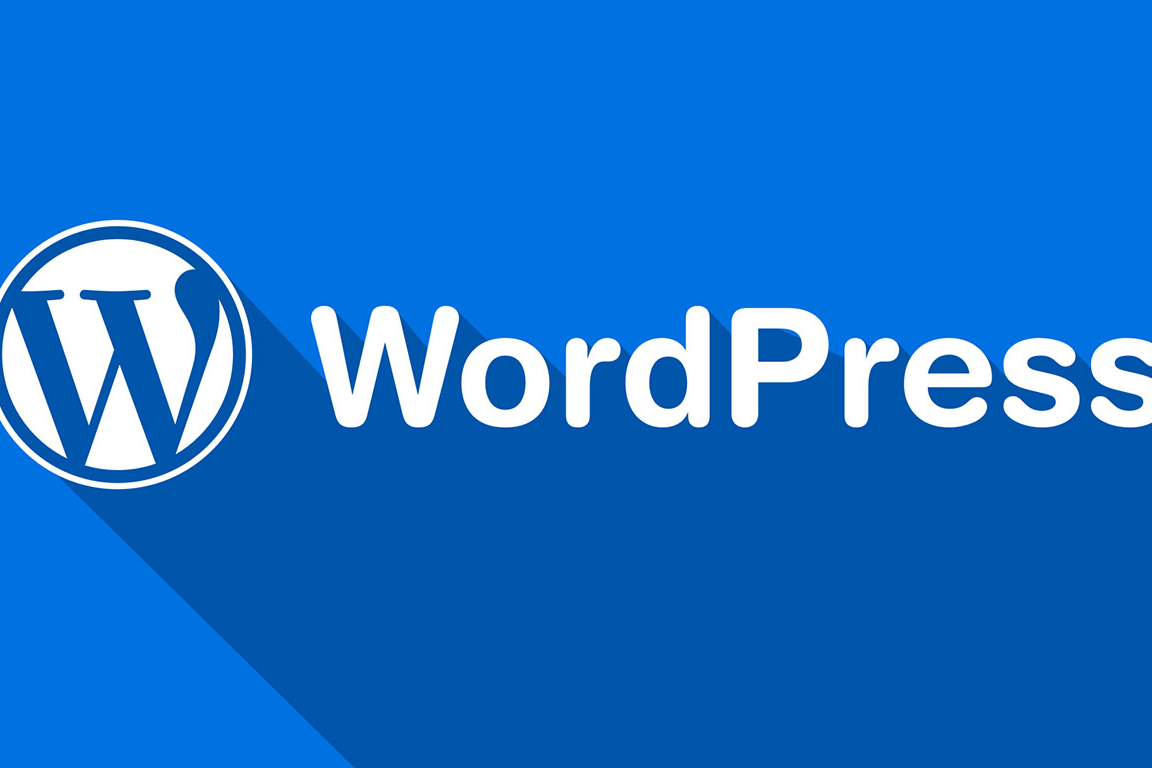As a website owner or digital marketer, you must have come across the term “Google Penguin Update.” But what is it, and why has Google implemented this update? Well, this article will dive deep into the Google Penguin Update and its impact on the world of SEO.
In the early days of search engines, many webmasters resorted to unethical practices, known as “black hat SEO,” to manipulate search rankings and achieve higher visibility. These practices included keyword stuffing, spammy backlinks, and other tactics that compromised the quality of search results. To combat these tactics and improve the search experience, Google introduced the Penguin Update in April 2012.
The primary goal of the Google Penguin Update was to identify and penalize websites that indulged in manipulative link schemes and over-optimized anchor text. By doing so, Google aimed to promote high-quality content and reward websites that adhered to ethical SEO practices, thus providing users with more accurate and relevant search results.
Since its initial launch, the Google Penguin Update has undergone several iterations, with each version refining the algorithm and further strengthening the fight against black hat SEO. As a result, it has become crucial for website owners and digital marketers to adapt their SEO strategies and focus on creating valuable content, engaging with their audience, and building organic, high-quality backlinks.
The Impact on SEO Practices:
The SEO industry experienced a massive shift with the advent of the Google Penguin Update. The impact on the industry was far-reaching, forcing marketers and website owners to reevaluate and reform their SEO strategies. In this section, we will discuss how the Google Penguin Update revolutionized the SEO landscape and compelled businesses to adapt.
- A shift towards quality content: Before Penguin, many websites prioritized quantity over quality, stuffing their pages with keywords and producing low-quality content to manipulate search rankings. The Penguin Update placed greater emphasis on quality, encouraging marketers to create valuable, informative, and engaging content for their audience. This led to the rise of content marketing and a focus on providing genuine value to users.
- Elimination of black hat techniques: The Penguin Update targeted manipulative practices, such as spammy backlinks, keyword stuffing, and cloaking. As a result, webmasters and marketers who relied on black hat techniques found their websites penalized, sometimes even removed from Google’s search results. This forced the industry to clean up its act and focus on ethical SEO strategies.
- Importance of organic backlinks: Penguin’s emphasis on high-quality backlinks forced marketers to abandon cheap link-building schemes and concentrate on earning genuine backlinks from reputable sources. This shift not only improved the overall quality of search results but also made link-building strategies more sustainable in the long run.
- Focus on user experience: The Penguin Update reinforced the importance of user experience in SEO. Websites with better user experience not only gained favor in search rankings but also attracted more organic traffic and higher user engagement. Consequently, webmasters and marketers began to prioritize factors such as site speed, mobile responsiveness, and user-friendly navigation.
- Need for ongoing monitoring and adaptation: Since the Penguin Update is now part of Google’s core algorithm, it is continuously monitoring and evaluating websites for compliance. This has made ongoing SEO monitoring and adaptation essential, as marketers need to stay updated with the latest algorithm changes and adjust their strategies accordingly.
Google Penguin 2.0:
In May 2013, Google rolled out the much-anticipated Penguin 2.0 update, which further refined the algorithm’s technical aspects and changed the way it influenced search engine results. This update impacted around 2.3% of English language search queries and delved deeper into a website’s homepage and top category pages to identify link spam directed toward the site.
Later in October, Google refreshed the 2.0 update, enhancing Penguin’s ability to scrutinize websites more thoroughly.
Google Penguin 3.0:
The SEO world eagerly awaited the arrival of Google Penguin 3.0 in 2014. With the update long overdue, speculation ran high among SEO experts as they pondered the implications of the latest Penguin refresh. After Google confirmed the update to the Penguin algorithm filter, the industry braced itself for the changes to come.
Google Penguin 4.0 Update:
In 2016, Google introduced the Penguin 4.0 update, a game-changing development in its ongoing battle against unethical SEO practices like keyword stuffing and spam link building, which solely aimed at boosting rankings.
The unique aspect of the Google Penguin 4.0 update was its integration into Google’s core algorithm. This integration meant that the filter applied to routine crawling, indexing, and ranking processes in real-time, rather than relying on periodic refreshes. The shift to real-time actions offered a more dynamic approach to penalizing and rewarding websites, ensuring that both the positive and negative effects of changes were felt promptly.
As a result, website owners and digital marketers needed to be more vigilant than ever in adhering to ethical SEO practices. The Penguin 4.0 update emphasized the importance of producing high-quality content, fostering organic backlinks, and maintaining a user-centric approach to SEO.
Related Posts
March 18, 2023
Top 10 Digital Marketing Strategies for Restaurants
March 14, 2023
How a low-quality content affect SEO?
March 14, 2023
Top 10 Digital Marketing Company Challenges
March 13, 2023
Why Digital Marketing is complex Field to Handle?
January 9, 2020
How to Migrate a Website from One Server to Another
January 9, 2020
How to Migrate a WordPress Site from One Host to Another
January 8, 2020
How to Transfer a Joomla Site to Another Server
January 8, 2020
How to Transfer a Wix Website to Another Host
December 13, 2019
Importance of Selecting the Right Theme for Your WordPress Website
December 10, 2019
Differences Between WordPress Website and Static Website
October 21, 2019
How to Migrate Application to Azure
October 21, 2019
How to Migrate Application to AWS
July 3, 2017
What is Pagespeed Optimization
July 3, 2017
What is Web Designing
July 3, 2017
What is Social Media
June 30, 2017
What is SMM
June 30, 2017
What is SEO
June 30, 2017








